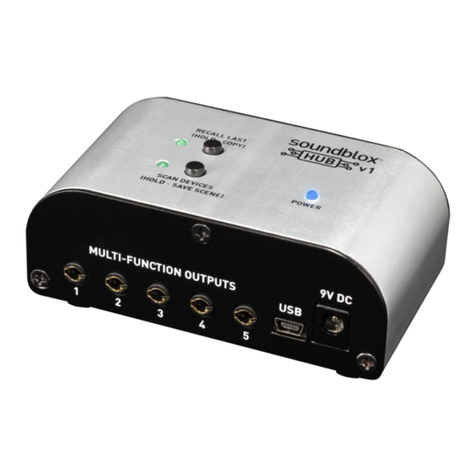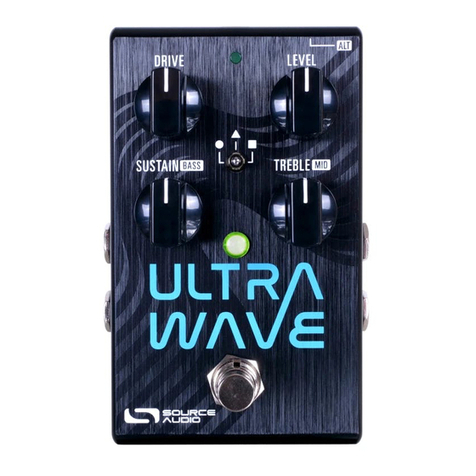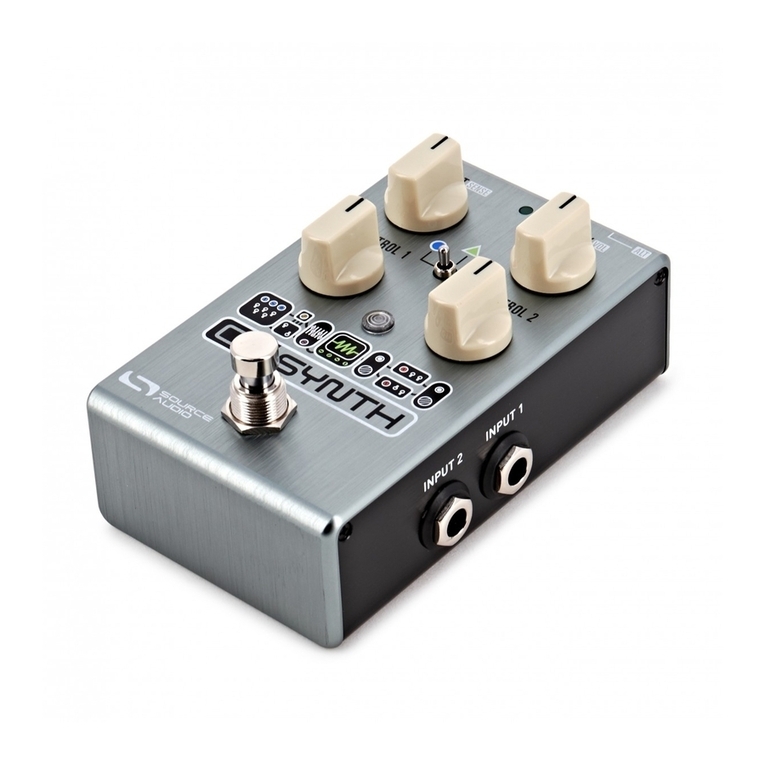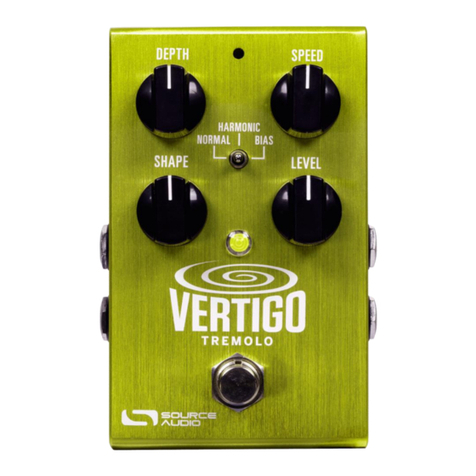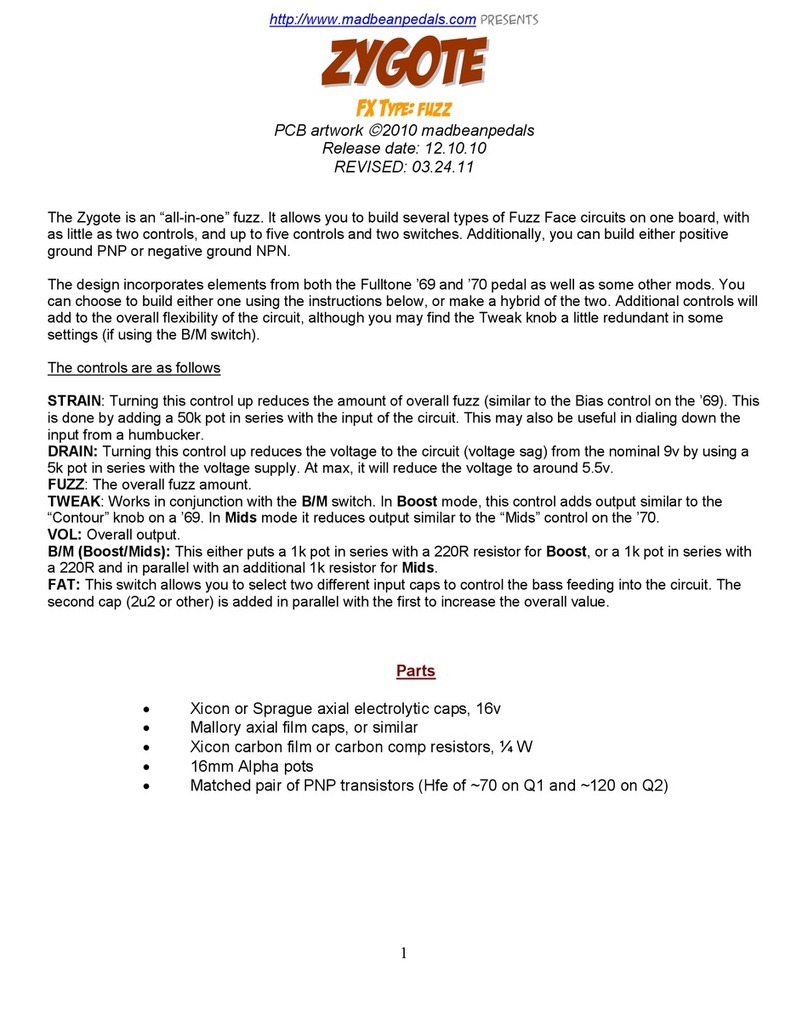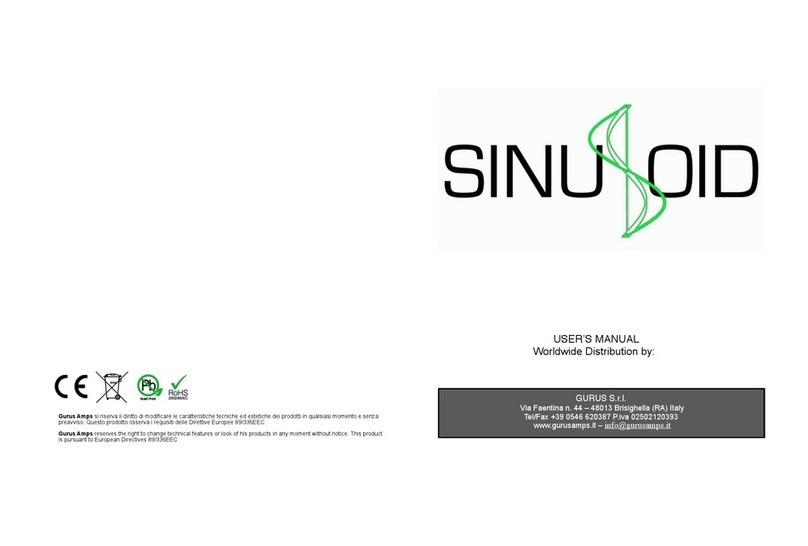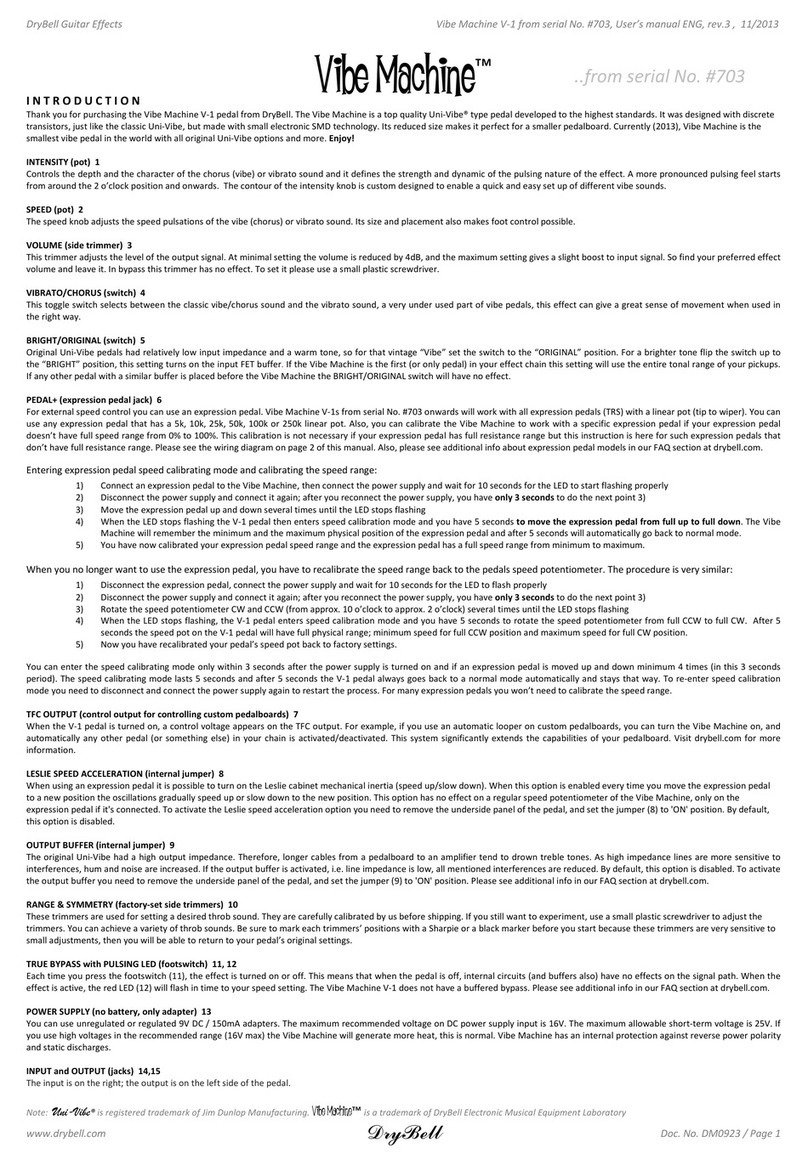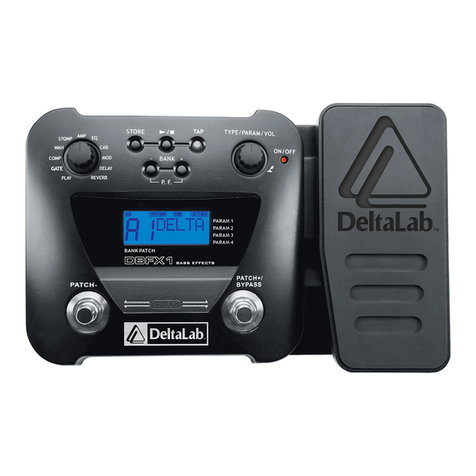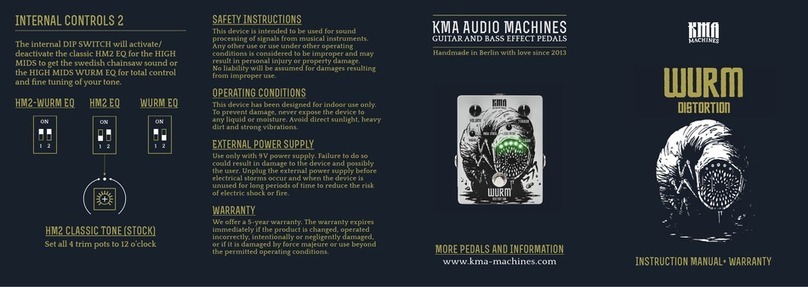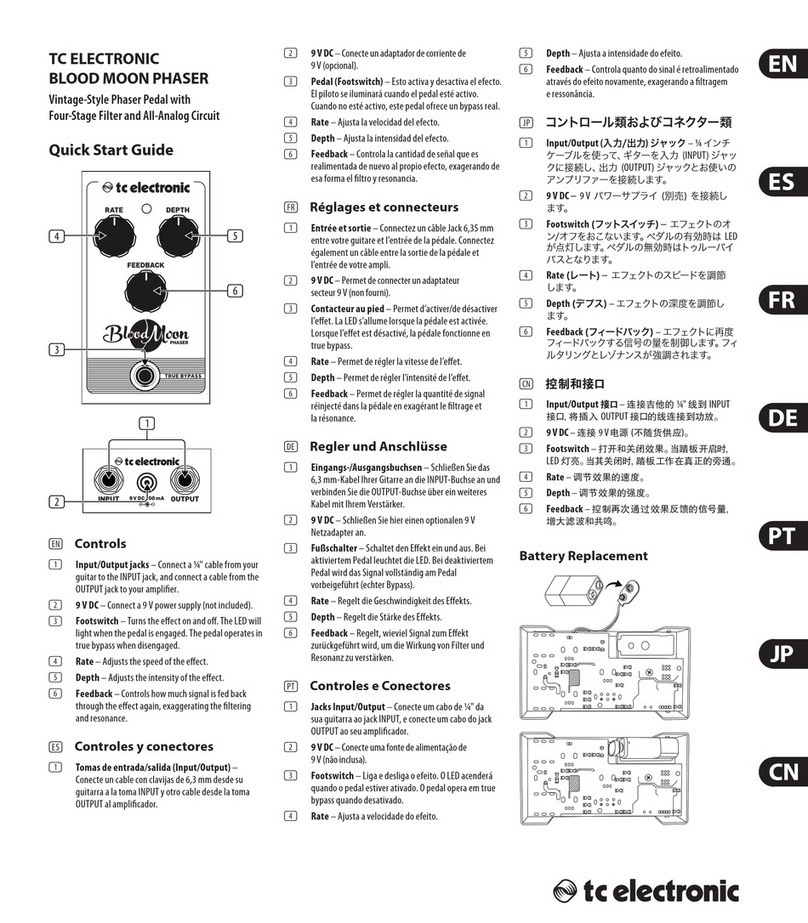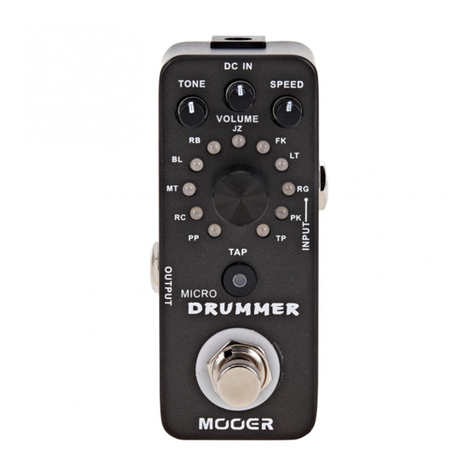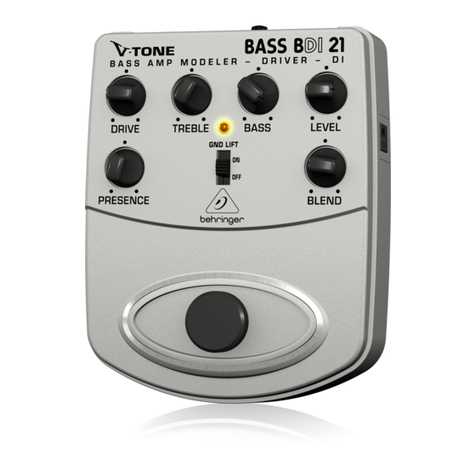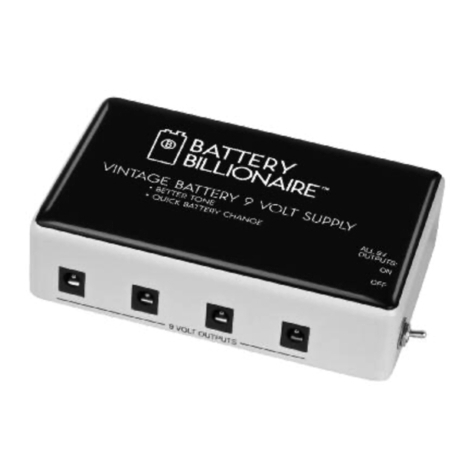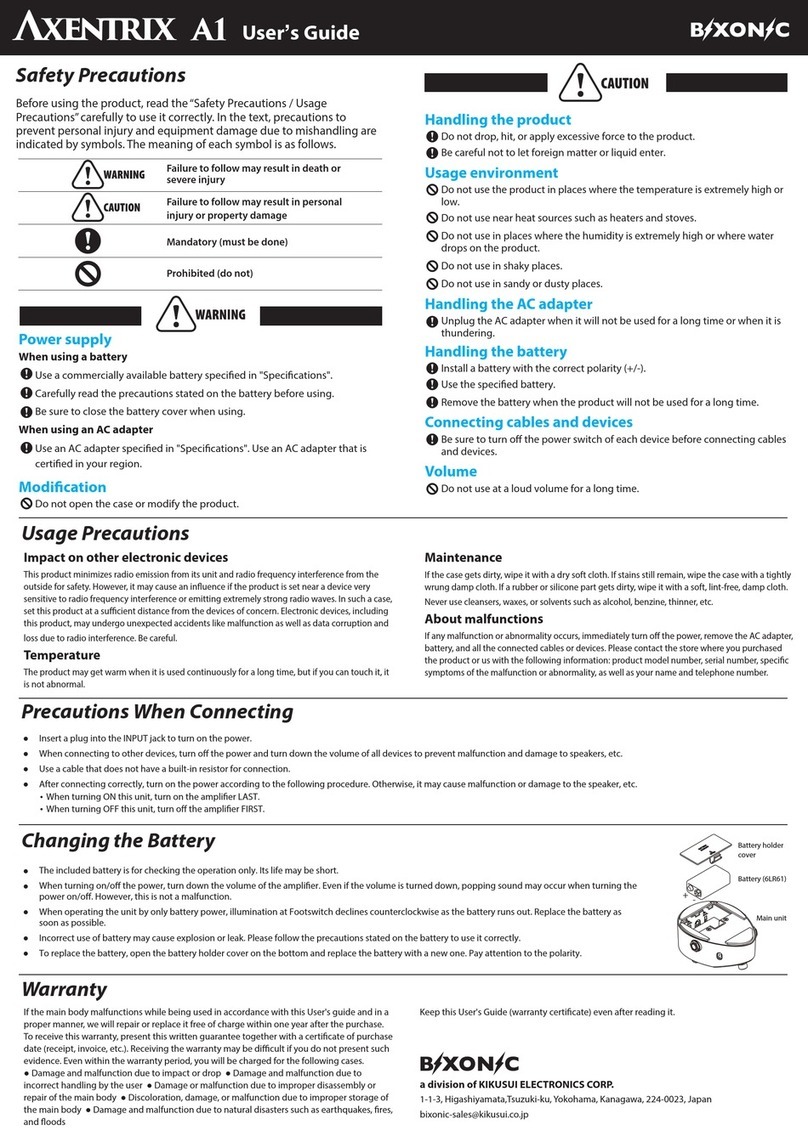Source Audio Aftershock Bass Distortion User manual




















Table of contents
Other Source Audio Music Pedal manuals
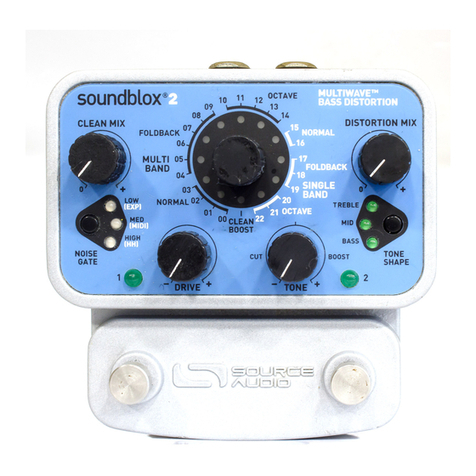
Source Audio
Source Audio Soundblox 2 User manual
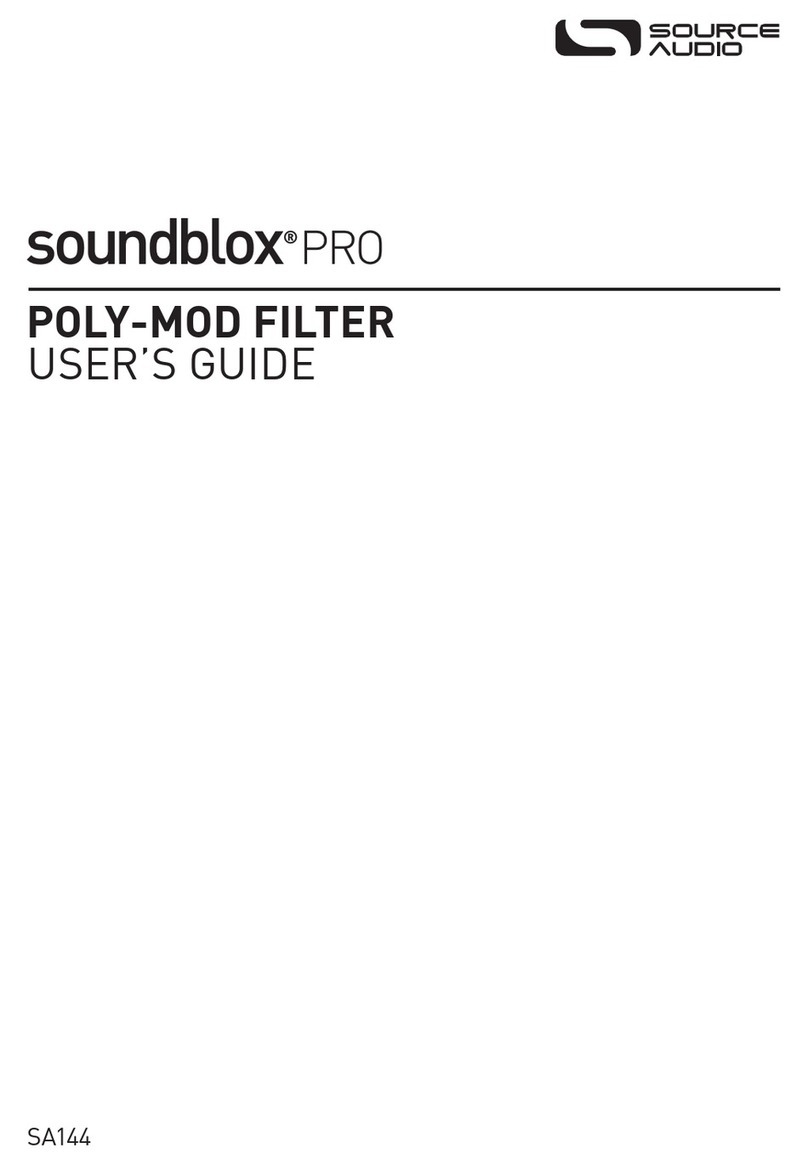
Source Audio
Source Audio SA144 User manual
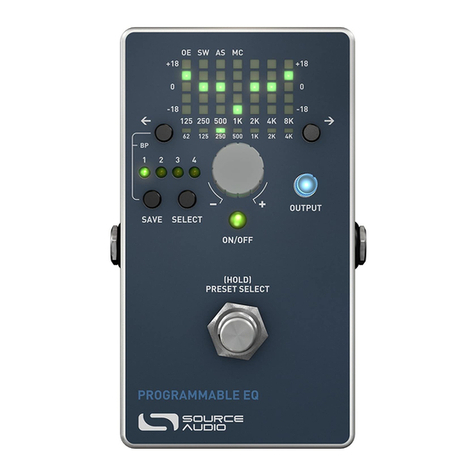
Source Audio
Source Audio SA170 User manual

Source Audio
Source Audio Soundblox 2 User manual

Source Audio
Source Audio Soundblox 2 User manual
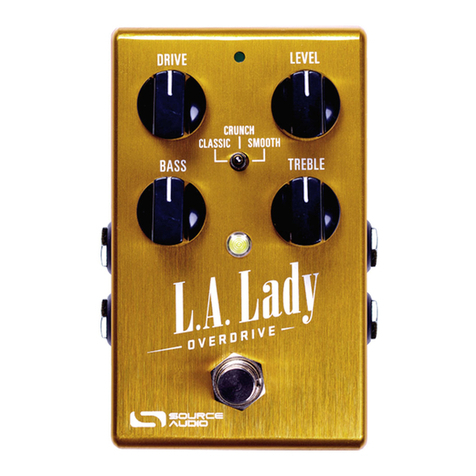
Source Audio
Source Audio L.A. Lady Overdrive User manual
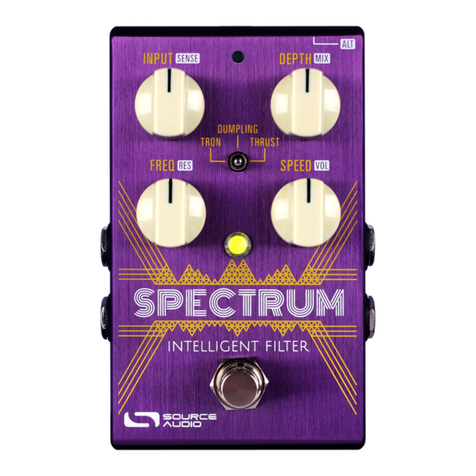
Source Audio
Source Audio Spectrum Intelligent Filter User manual
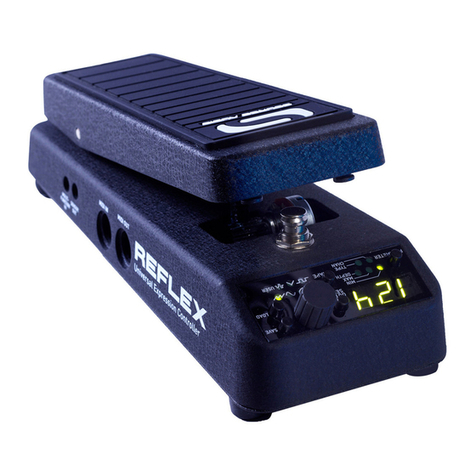
Source Audio
Source Audio Reflex User manual
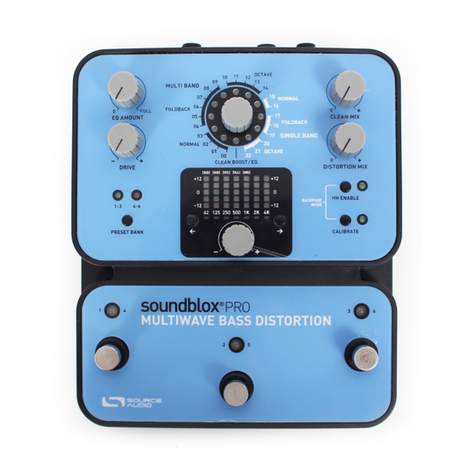
Source Audio
Source Audio Soundblox Pro User manual

Source Audio
Source Audio Soundblox 2 User manual
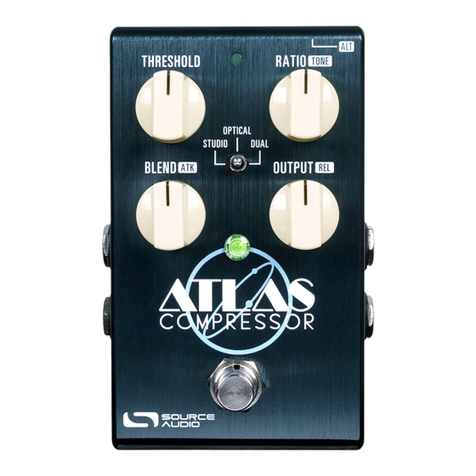
Source Audio
Source Audio ATLAS COMPRESSOR SA 252 User manual
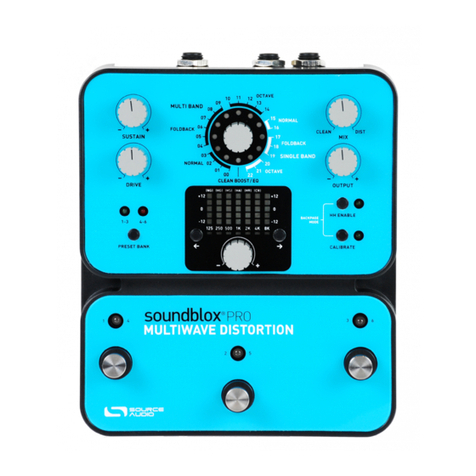
Source Audio
Source Audio Soundblox Multiwave Distortion User manual
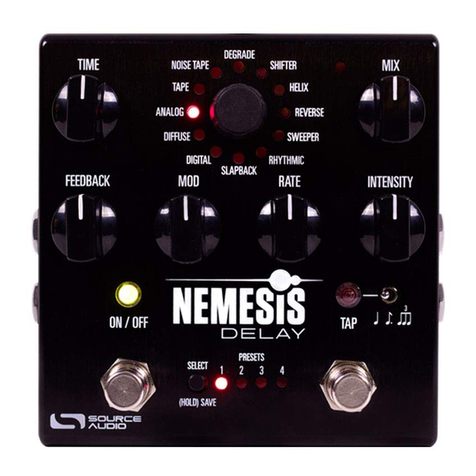
Source Audio
Source Audio Nemesis Delay User manual
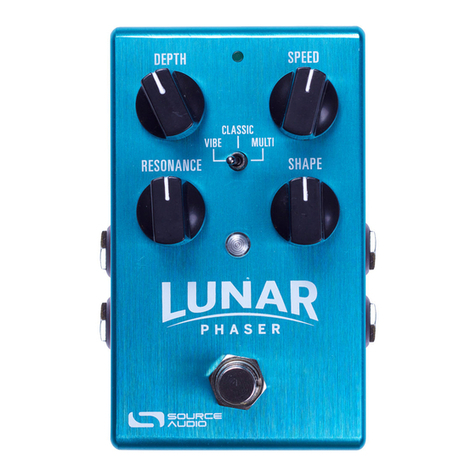
Source Audio
Source Audio Lunar Phaser User manual
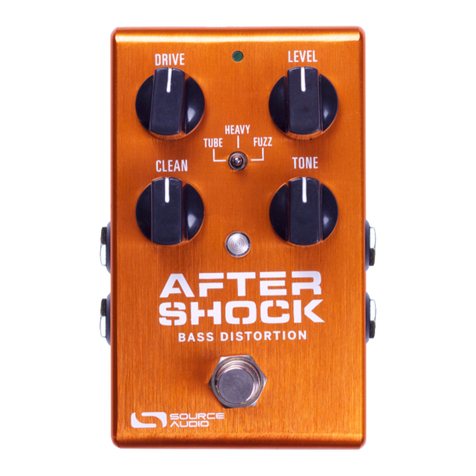
Source Audio
Source Audio Aftershock User manual

Source Audio
Source Audio ATLAS COMPRESSOR SA 252 User manual
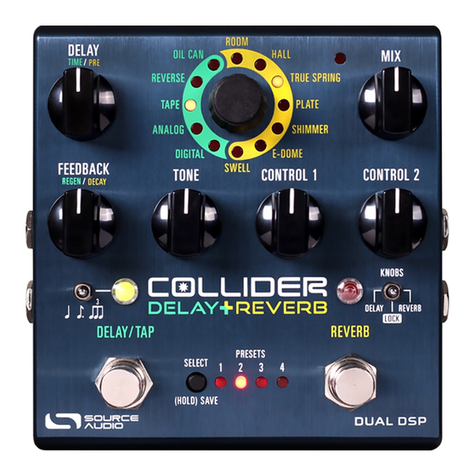
Source Audio
Source Audio Collider Delay+Reverb User manual

Source Audio
Source Audio Collider Delay+Reverb User manual
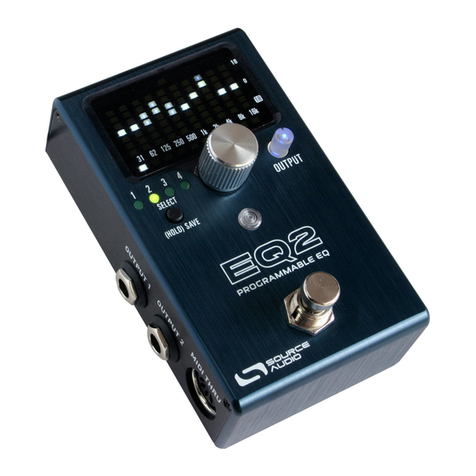
Source Audio
Source Audio EQ2 Programmable EQ User manual
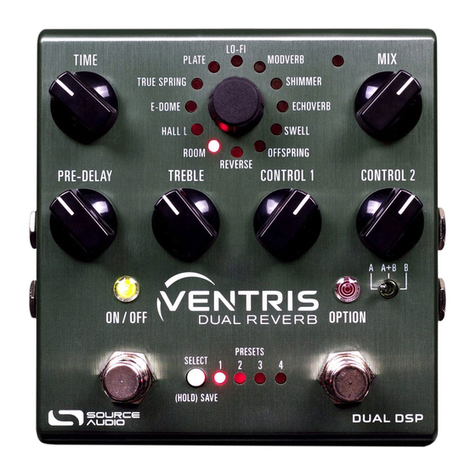
Source Audio
Source Audio Ventris Dual Reverb User manual
Popular Music Pedal manuals by other brands

Mission
Mission VM-PRO Configuration guide

Electric Druid
Electric Druid FilterFX Project Construction guide
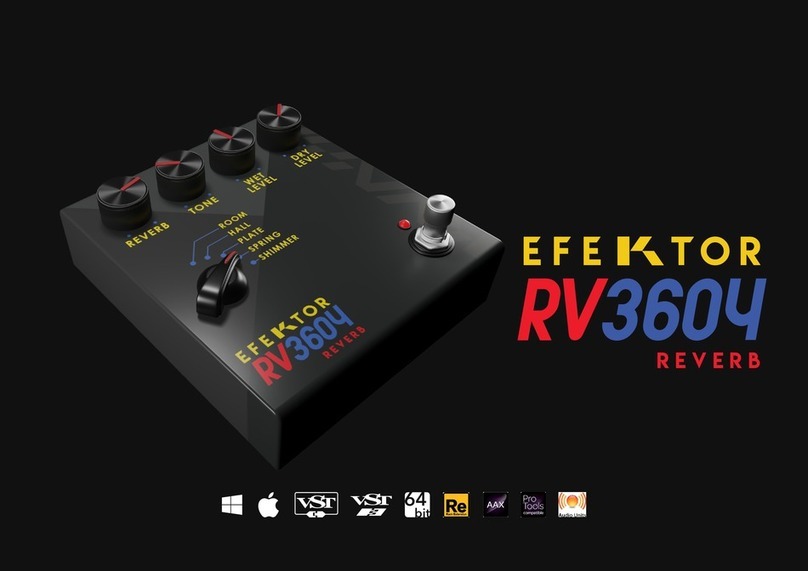
Kuassa
Kuassa Efektor RV 3604 Reverb manual

Palmer
Palmer root effects HERRENCHOR user manual
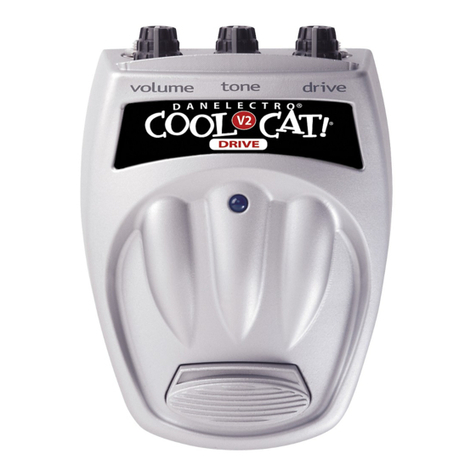
Danelectro
Danelectro Cool Cat V2 Drive CO-2 instructions
TC-Helicon
TC-Helicon VOICELIVE 3 EXTREME quick guide
